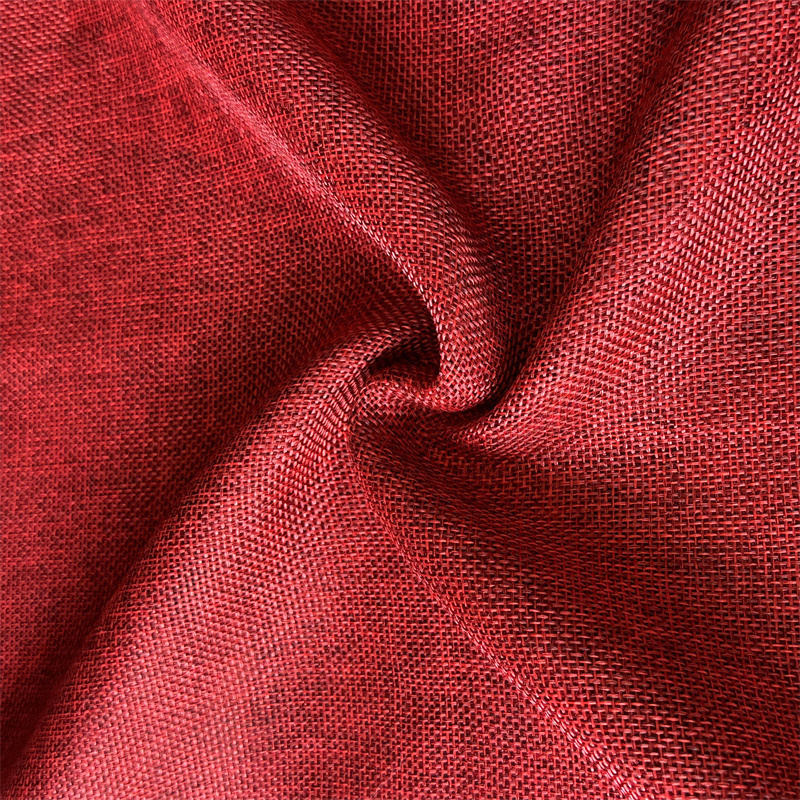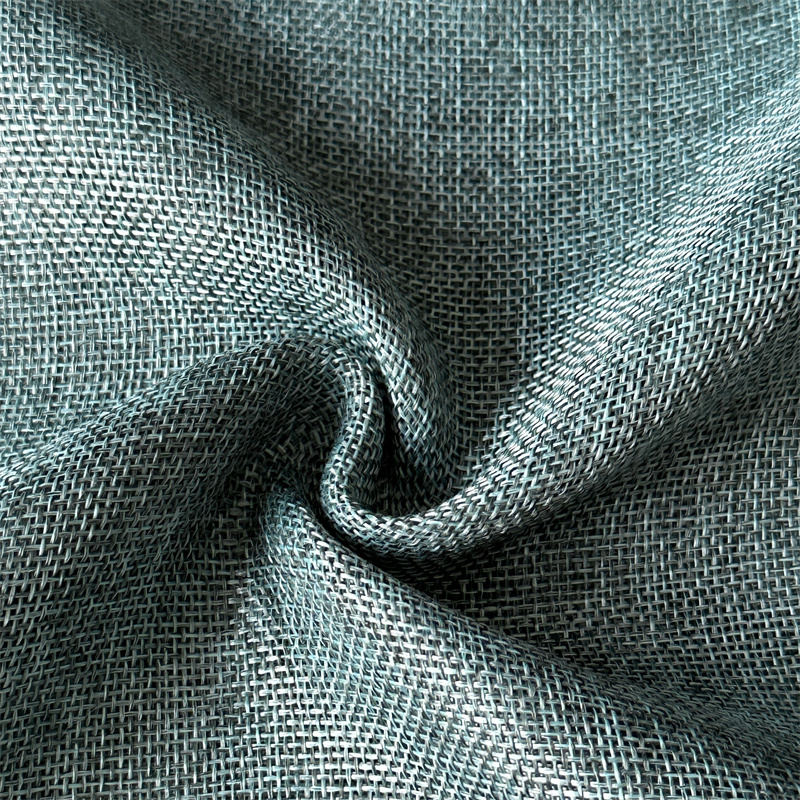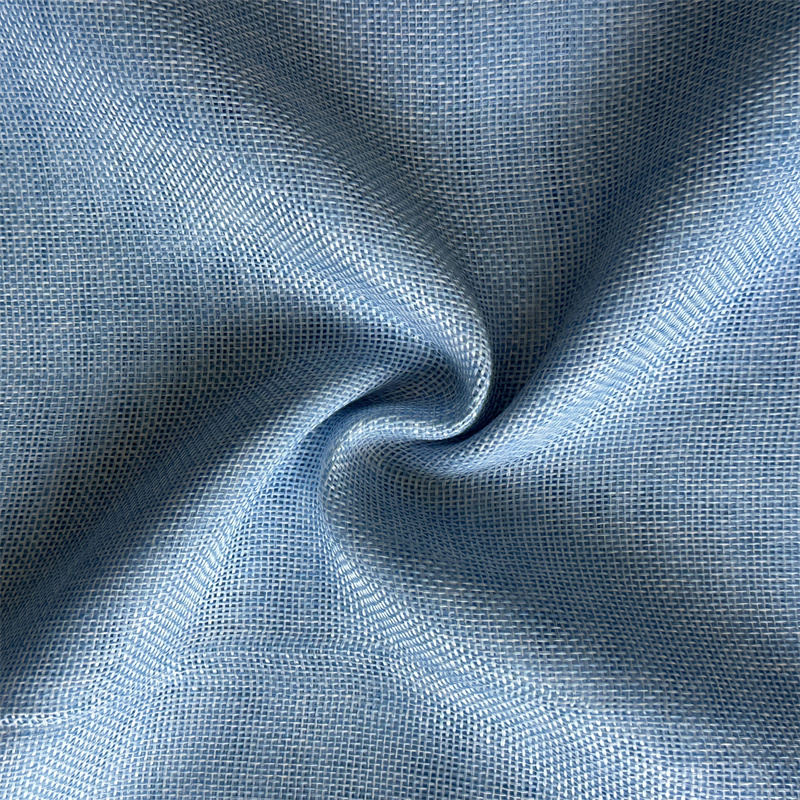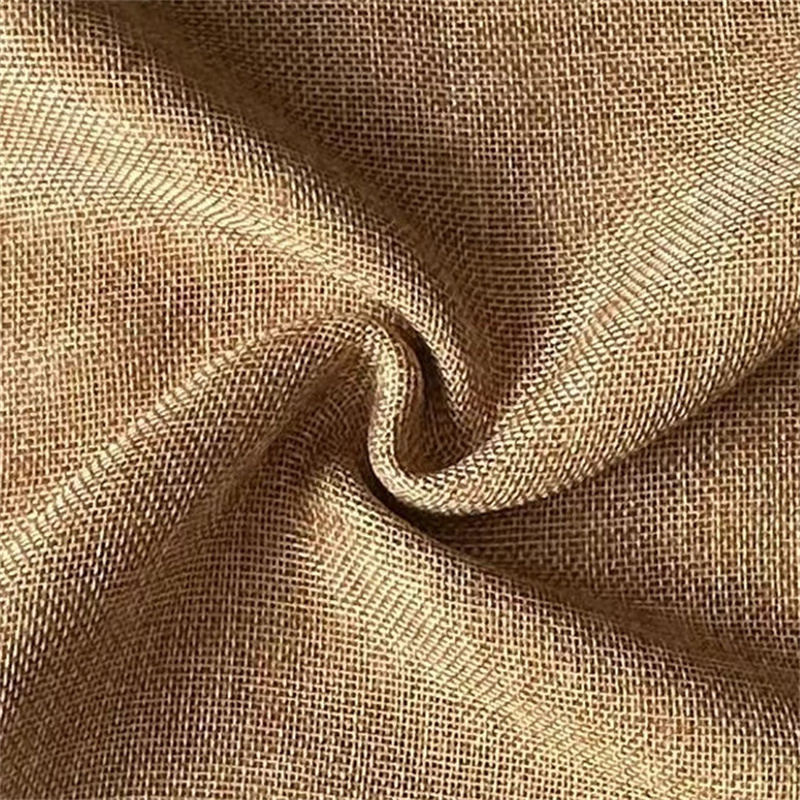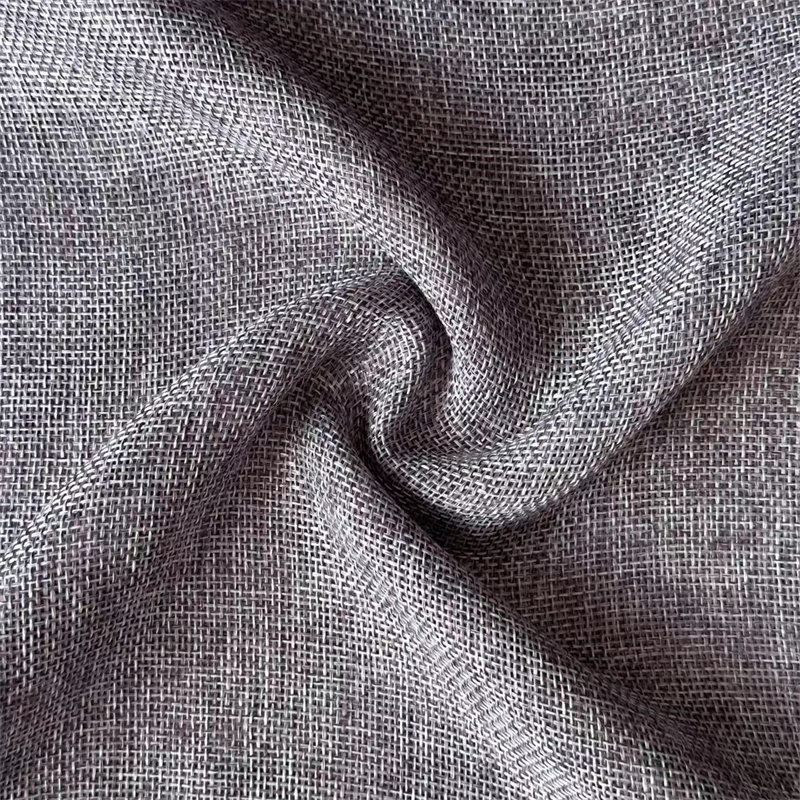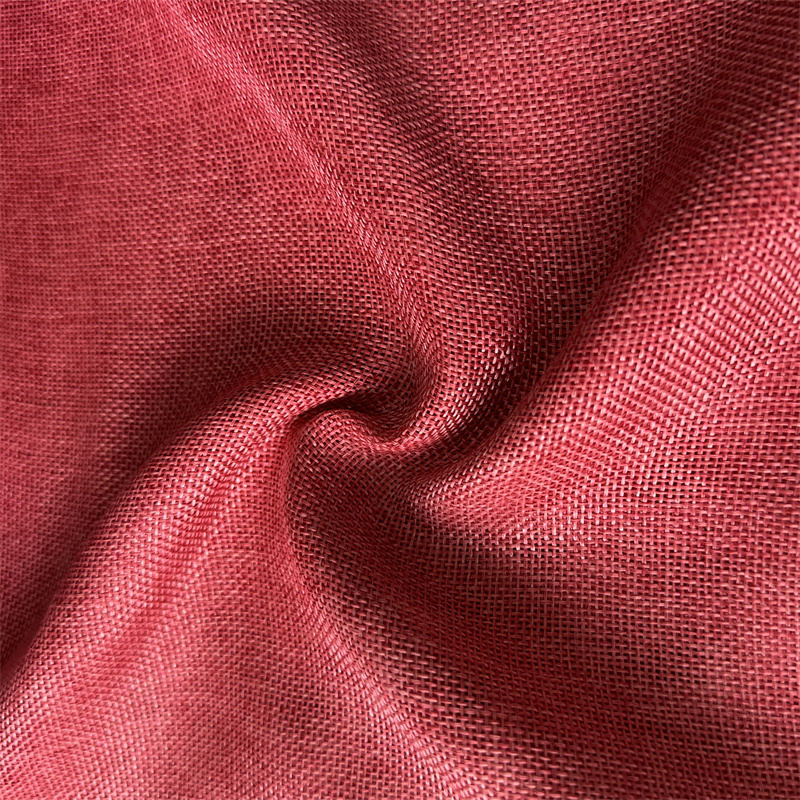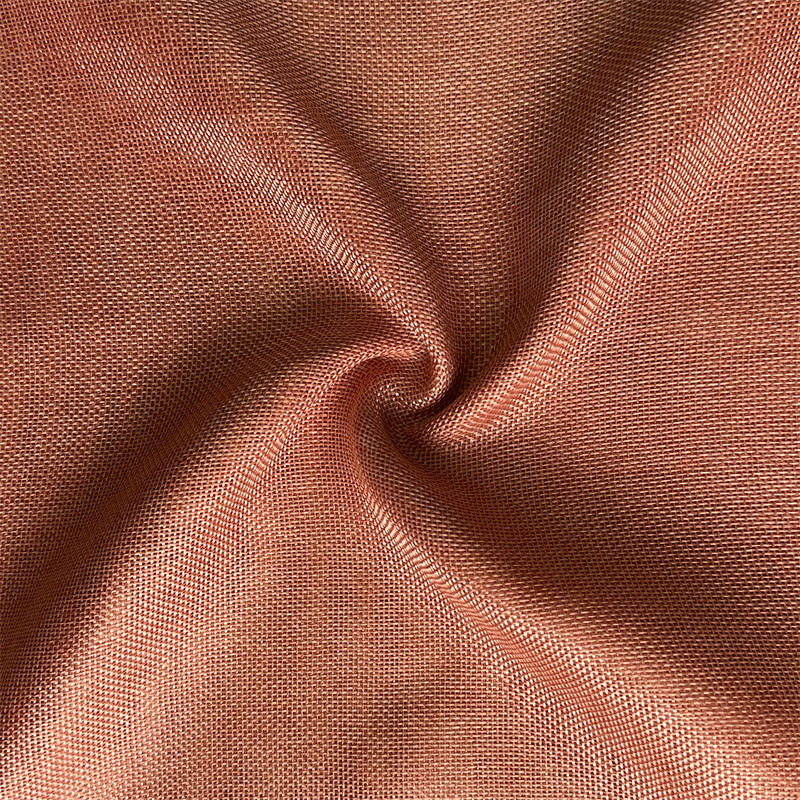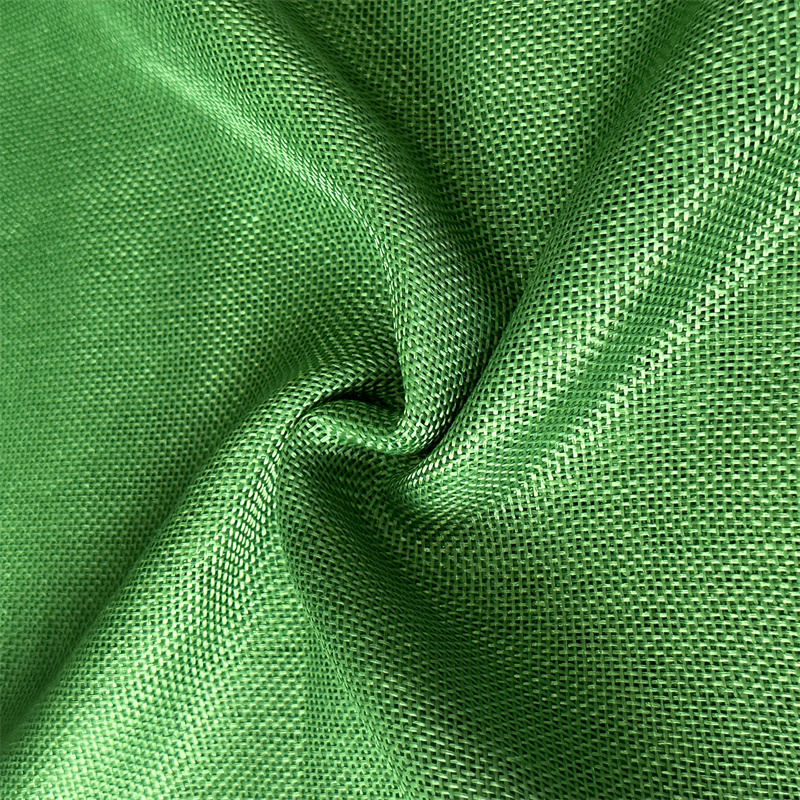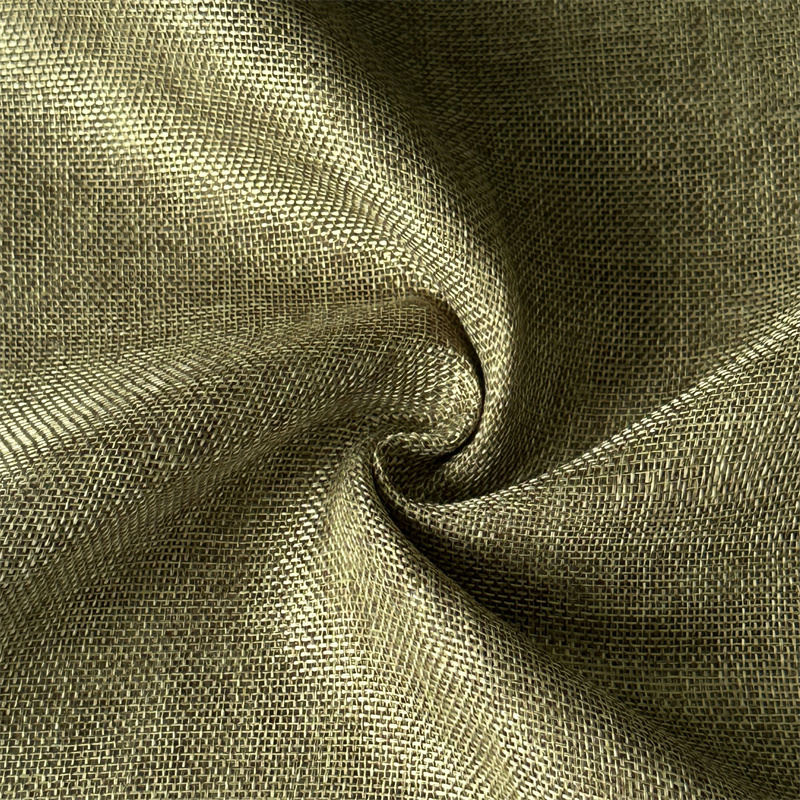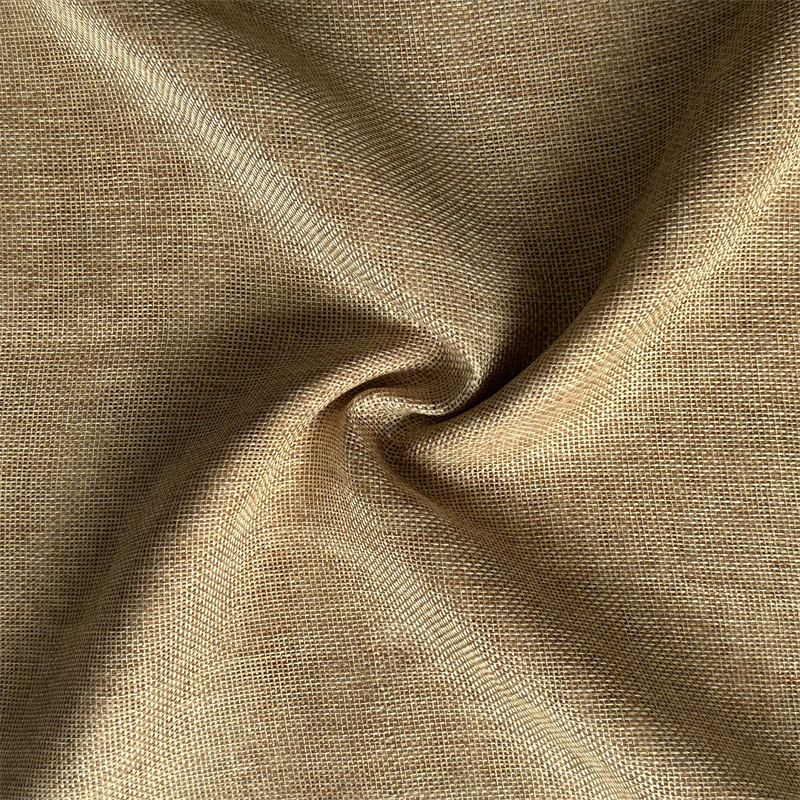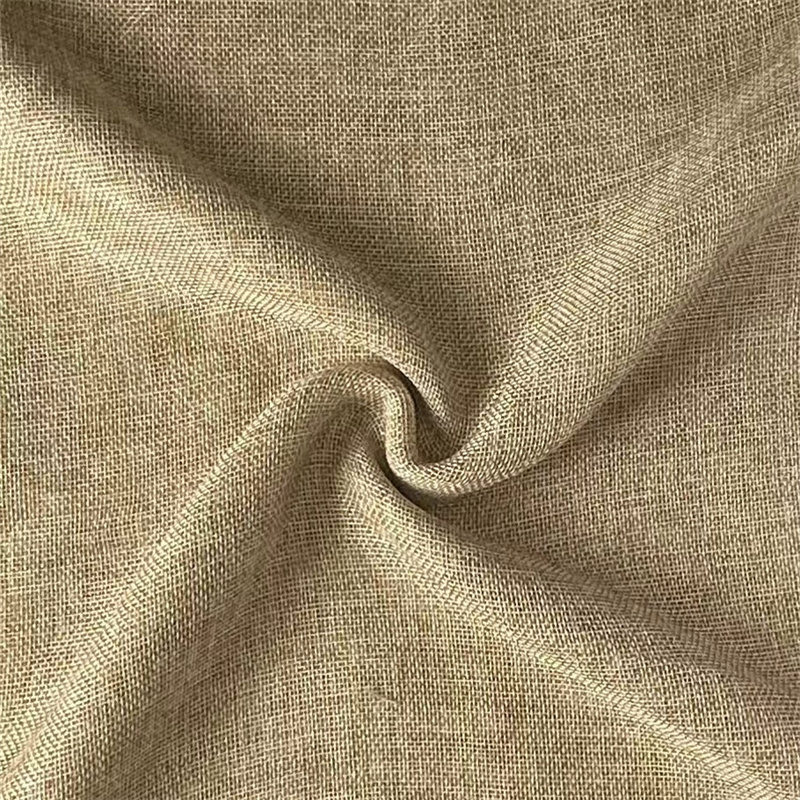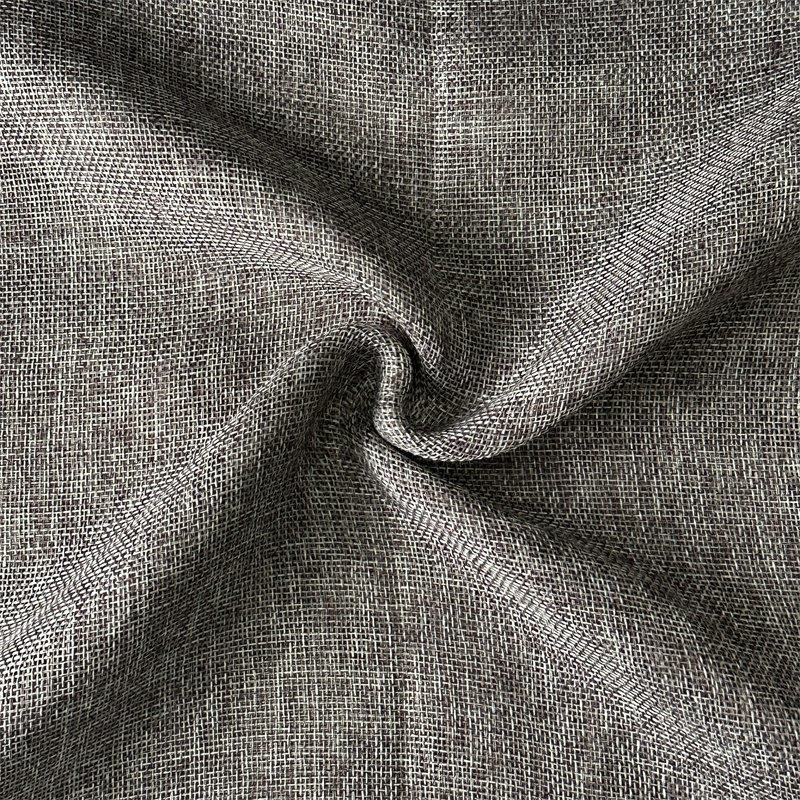In the world of textiles, silk has long been synonymous with luxury, elegance, and softness. However, natural silk comes with challenges such as high cost, delicate care requirements, and environmental concerns. This is where imitation silk fabric comes into play, offering the look and feel of real silk at a fraction of the price. But what exactly is imitation silk fabric, how is it made, and why has it become so widely used in fashion, home décor, and industrial applications?
What Is Imitation Silk Fabric?
Imitation silk fabric, often referred to as artificial silk or synthetic silk, is a textile designed to mimic the smooth texture, sheen, and drape of natural silk. Unlike natural silk, which is produced by silkworms, imitation silk is created using synthetic fibers such as polyester, rayon (viscose), nylon, or acetate. These fibers are carefully processed to achieve a lustrous, soft, and flowing appearance, closely resembling the luxurious qualities of real silk.
By offering aesthetic appeal, versatility, and affordability, imitation silk has become a staple in both high-end fashion and everyday applications.
How Is Imitation Silk Fabric Made?
The production of imitation silk fabric involves a combination of fiber selection, spinning, weaving, and finishing techniques:
Fiber Selection – Polyester, rayon, and acetate fibers are chosen for their softness, sheen, and strength.
Spinning – Fibers are spun into fine yarns, replicating the smoothness and elasticity of silk threads.
Weaving or Knitting – Techniques such as satin weave, charmeuse, or crepe are used to produce a silk-like drape and surface finish.
Dyeing and Printing – The fabric is dyed or printed with colors and patterns, achieving rich, vibrant effects.
Finishing – Treatments such as calendaring or heat-setting enhance sheen, smoothness, and durability.
These processes allow imitation silk to closely mimic natural silk while offering enhanced durability and easier maintenance.
What Are the Key Features of Imitation Silk Fabric?
Luxurious Appearance – Mimics the soft sheen and flowing texture of natural silk.
Affordability – Offers a silk-like look without the high cost of real silk.
Durability – Resistant to tearing, stretching, and fraying compared to natural silk.
Ease of Care – Can be machine washed or dry cleaned depending on the fiber type, making it more user-friendly.
Versatility – Suitable for garments, home textiles, accessories, and decorative applications.
Color Retention – Maintains bright, vibrant colors after multiple washes.
These features make imitation silk fabric an attractive alternative for designers, manufacturers, and consumers.
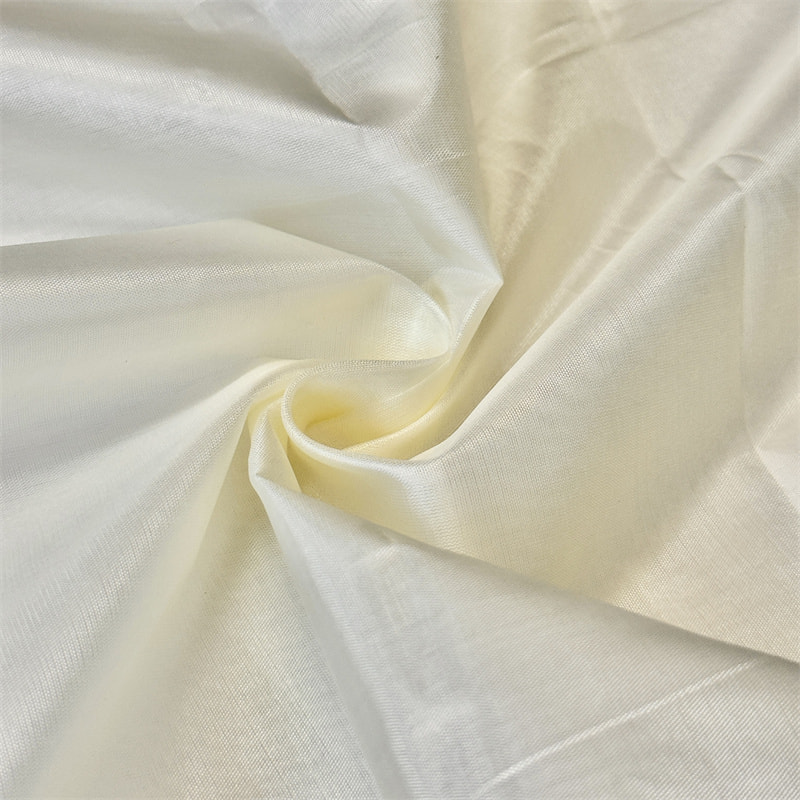
What Are the Common Applications of Imitation Silk Fabric?
Imitation silk fabric is highly versatile, finding applications in multiple industries:
Fashion Apparel – Dresses, blouses, skirts, scarves, and evening gowns benefit from its elegant drape and sheen.
Home Décor – Curtains, cushion covers, bedspreads, and table runners offer a luxurious look at a lower cost.
Accessories – Handbags, ties, ribbons, and hair accessories use imitation silk for its aesthetic appeal.
Event Decoration – Drapes, chair covers, and decorative fabrics for weddings and parties capitalize on its flowing, shiny texture.
Industrial Uses – Costumes, theatrical backdrops, and packaging materials utilize imitation silk’s visual appeal and durability.
The widespread adoption demonstrates the fabric’s adaptability and aesthetic value.
How Does Imitation Silk Compare to Natural Silk?
Cost – Imitation silk is significantly more affordable than natural silk.
Durability – Synthetic fibers are stronger and more resistant to wear, moisture, and sunlight.
Care – Imitation silk is easier to clean and maintain, while natural silk often requires delicate handling.
Aesthetic Quality – High-quality imitation silk can closely replicate the sheen and drape of real silk, though some subtle differences in texture may exist.
Environmental Considerations – Natural silk is biodegradable, while some synthetic imitations are not, though eco-friendly options like recycled polyester are available.
This comparison highlights how imitation silk offers a practical alternative for both aesthetic and functional needs.
What Are the Different Types of Imitation Silk Fabric?
Polyester Silk – Durable, wrinkle-resistant, and widely used for fashion and home décor.
Rayon Silk (Viscose) – Soft, breathable, and drapes well, often used for dresses and blouses.
Acetate Silk – Smooth, shiny, and lightweight, ideal for formal wear and decorative fabrics.
Blended Fabrics – Combining fibers like polyester and rayon for enhanced performance and feel.
Each type is selected based on application, desired texture, and budget considerations.
How Is Imitation Silk Fabric Maintained?
Proper care ensures the longevity and appearance of imitation silk:
Washing – Machine or hand wash on gentle cycles; avoid high heat to prevent shrinkage.
Drying – Air dry or use low-temperature settings; avoid direct sunlight to maintain color.
Ironing – Use low heat to prevent melting or scorching, especially for polyester-based fabrics.
Storage – Store in a cool, dry place; avoid folding in ways that cause permanent creases.
Following these practices maintains the luxurious look and smooth texture of imitation silk over time.
Why Is Imitation Silk Fabric So Popular Today?
Several factors contribute to its popularity:
Affordable Luxury – Provides the elegance of silk without the premium price tag.
Versatility – Suitable for fashion, décor, and industrial uses.
Durability – Outperforms natural silk in terms of tear resistance and longevity.
Design Flexibility – Easily dyed, printed, and patterned for endless creative possibilities.
Accessibility – Widely available and easier to produce in large quantities.
These factors make imitation silk fabric a practical and stylish choice for modern consumers and manufacturers.
Final Thoughts: Why Choose Imitation Silk Fabric?
Imitation silk fabric offers the beauty and elegance of natural silk while providing durability, affordability, and versatility. From fashion apparel and home textiles to event décor and accessories, it allows designers, manufacturers, and consumers to enjoy the luxurious appearance of silk without compromising on functionality or cost.


 中文简体
中文简体 Español
Español